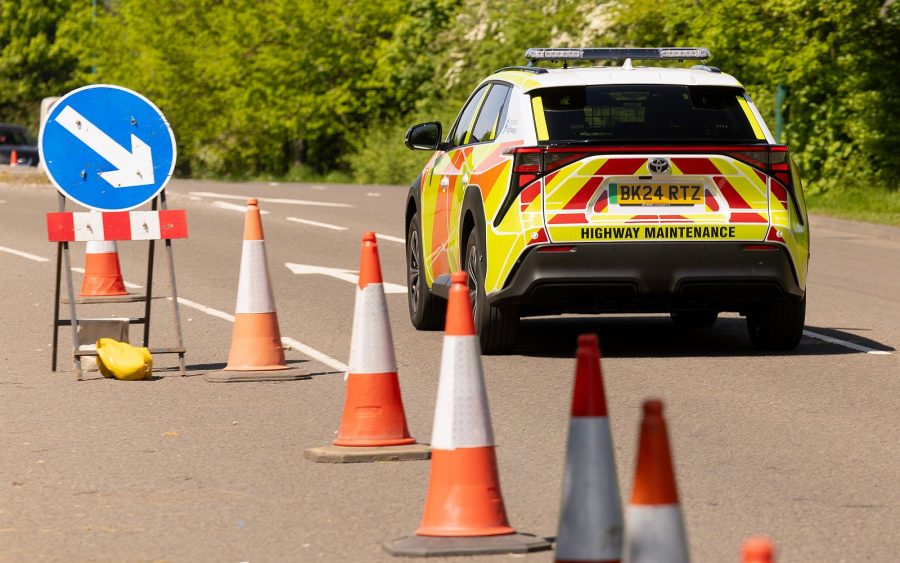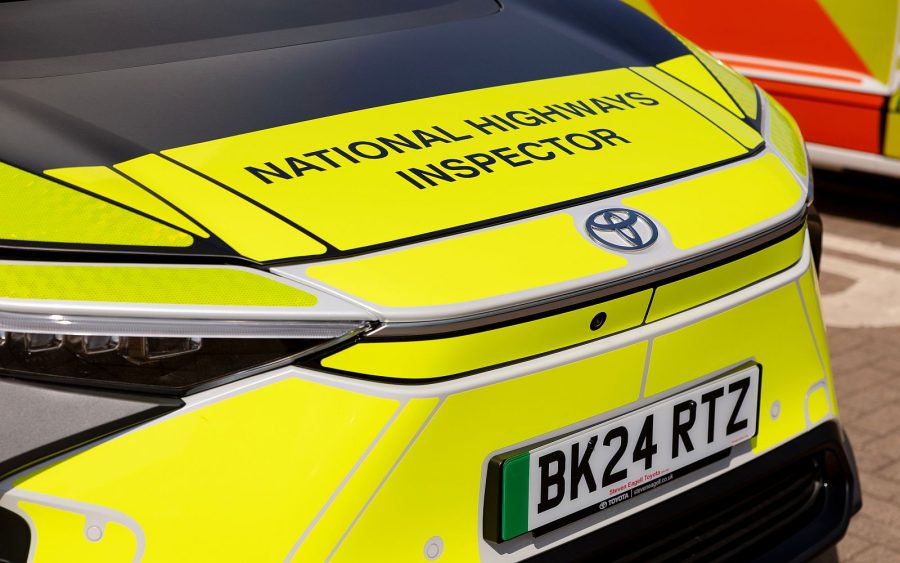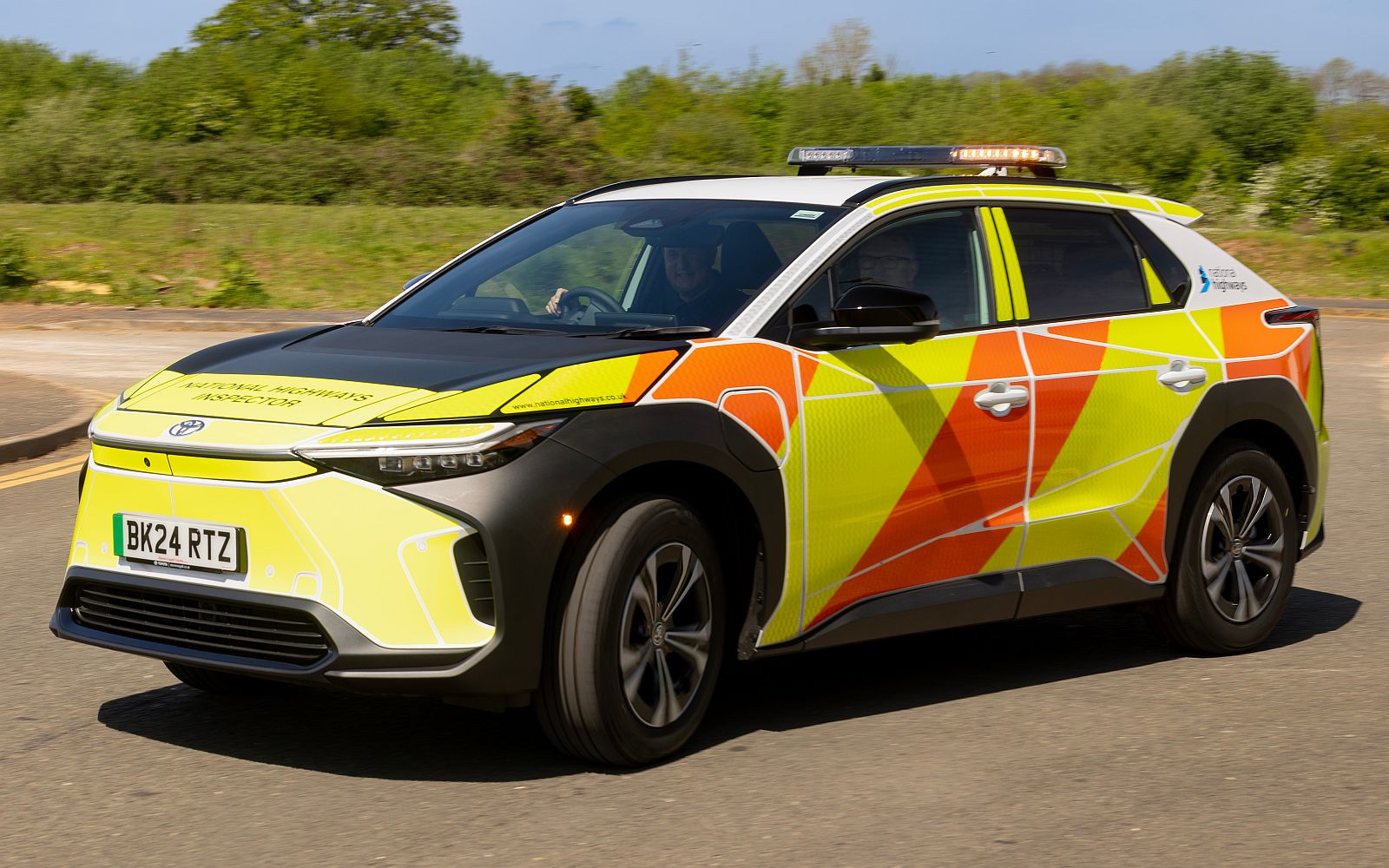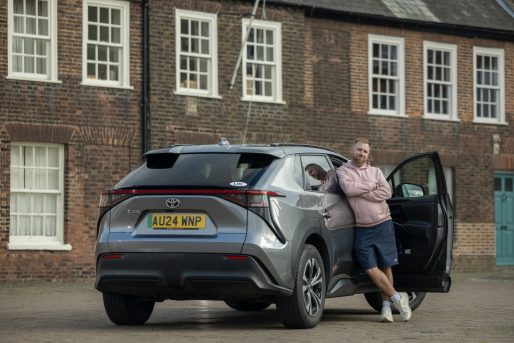National Highways is modernising and electrifying its vehicle fleet with an order for 51 new Toyota bZ4X battery electric SUVs. The government-owned company is responsible for managing and improving England’s 4,500 miles of motorways and major A-roads, and the vehicles are destined to provide daily transport for operational inspectors.

Andy Butterfield, operations customer service director for National Highways, commented: “Modernising our fleet with 51 state-of-the-art Toyota bZ4X will not only reduce our emissions but also ensure that journeys are smooth and reliable. We operate more than 1,300 vehicles, so introducing new EVs helps accelerate our journey to net zero.”
National Highways has an ambitious programme for achieving net zero across the strategic road network. The company aims to achieve net zero emissions within its own operations by 2030, with a commitment that its non-traffic officer vehicles will be 100% electric by 2027 and its traffic officer fleet by 2030.

“This is a huge step towards that commitment,” continued Butterfield. “We will continue to invest in green and electric vehicles as the technology becomes available, meeting the government’s Road to Zero strategy.”

Neil Broad, general manager of Toyota fleet services, added: “In choosing which vehicles to use, National Highways priority was not simply to adopt electric power. It also needed to be certain that the vehicles would be reliable day in, day out. That’s where the bZ4X fits the bill perfectly, benefiting both from Toyota’s leadership in electrified technologies and its proven reputation for delivering quality, durability and reliability.”
Read more: Toyota bZ4X makes its parks police debut





Hello
I drive a bz4x and i think its a great car. I read that the bz4x can be driven to a 0% charge level and there is still 15% available to get you to a charging point. The logic of this is to avoid depleting the battery completely and therefore lengthen its service life, is this true?
Thanks
James
Hi James,
We wouldn’t recommend leaving the car to run to 0 miles as this can cause the battery to degrade quicker. There is a slight safety buffer, but it isn’t a set limit due to the different factors that can impact range. It’s best to start looking for a charging point at about 10% to save any stress.
Thanks,
Toyota UK